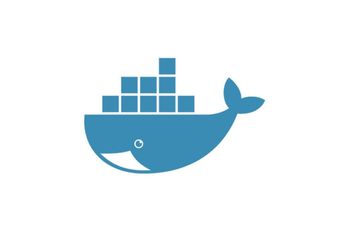We all have our own way of working. Depending on our context, our team or our culture we can approach the exact same problem with very different styles. This explains why such diversity exists in the way productions are built. Which is why Pipeline TDs tend to make tools that match the specificities of their studio; it makes their pipeline more accurate and powerful.
Disclaimer: CGWire proposes off-the-shelf solutions but in this article, we’ll do our best to stay objective!
However, it’s undeniable that sometimes, buying off-the-shelf solutions is much faster, plus it can come with extra features that could not have been developed in a pinch of time. It may sound better and easier but not without a downside: the fact that you will have to adapt to the software. So what do you do? Well, in this article, we are going to explore the pros and cons of both ways in order to help you taking the decision that is right for you.
In-house development
First off, what we mean by In-house development: it’s when you build a tool from scratch and use it. Only your team knows the internals. It could hardly be shipped in another studio.
Pros
- In-house tools match accurately the needs of a given production or a given process
- You notice the benefits quickly
- They are easy to learn: since you made it, it’s easier to explain how it works
- It can be a competitive advantage for your studio
- Through iterations, it can lead to great tools
Cons
- Lesser quality: most of the time in-house software are not as battle-tested as commercial ones and they don’t follow a strict QA process that a software vendor can have
- It may become costly over time : managing the maintenance can be very time consuming
- Once you make a tool for a production, it may be useless for the next ones. So many in-house development will be trashed. It’s not really an issue but you still have to keep it in mind.
Commercial solution
A commercial solution is a software that you can buy through a website or a vendor e.g.: Shotgun, Ftrack or Arnold.
Pros
- You add a lot of features to your pipeline in a second
- You take advantage of years of development and expertise
- A dedicated support is available
- Your artists may be familiar with it already because they saw it in another studios
- Great when handling standard duties that any studio face
Cons
- You are dependent on the shop behind the software (it can close or change the pricing for instance)
- There are many hidden costs (support, extensions, configuration…)
- There is no silver bullet: no commercial software will fit perfectly to your needs. It means you will have to adapt your process to it
Decision factors
Additionally, we consider that three points should be taken in consideration when doing your choice: strategy, culture and budget. Some studios consider that R&D is their key advantage, others consider it as their network. Some studios needs to reach the expectation of a given client they need to improve their tooling, others will have to ship productions in a short time frame, etc. Studio goals will have a big influence on your decision.
The budget is obviously an important parameter. Having a team of engineer is expensive and it doesn’t bring immediate revenue. It’s a long term investment. If you’re tight on budget, it’s probably better to look for commercial solutions than in-house development. Last but not least the culture of the studio has a deep impact on the workings of things.
For instance, in France we have Buf studio who was famous for having only in-house software. It made them stand out of the crowd for decades. Illumination made big efforts on their render tools and asset manager while they rely heavily on Shotgun for their production management. Cube Creative is known for its automation and its capability to ship a lot of shots. Unit Image is known for the quality of this picture. The style of your studio will have a deep influence on deciding whether to write quick and dirty developments with fast results, to build quality tools that gives you key advantage or simply relying on rock solid tools with proven track record.
To conclude
When choosing between building a software and buying it, there is no black and white answer. It depends on several factors such as budget, team size, studio culture or strategy of the studio. Most likely, in the end, you will probably have a combination of both options. It boils down to finding a balance between the two options.
As Douglas from Blur Studio suggested on our Slack channel, the most important thing is to keep your architecture modular. This way, you can change components easily when your context evolve or if you consider that you made the wrong choice on a given part. So be prepared to replace components of your pipeline on a regular basis.
NB: If you want to dig further in modular architecture, we recommend you the clean architecture article of Uncle Bob.
In short: keep your pipeline agile and flexible by making it modular. Choose commercial solutions for big and common tasks, build your own tools to develop your competitive advantage and do that in respect of the nature of your studio!
This blog is dedicated to CG pipeline and production management. If you are interested in software strategy, you will probably enjoy our articles. We have a forum too where you can discuss about your own problems and solutions and learn from others.






